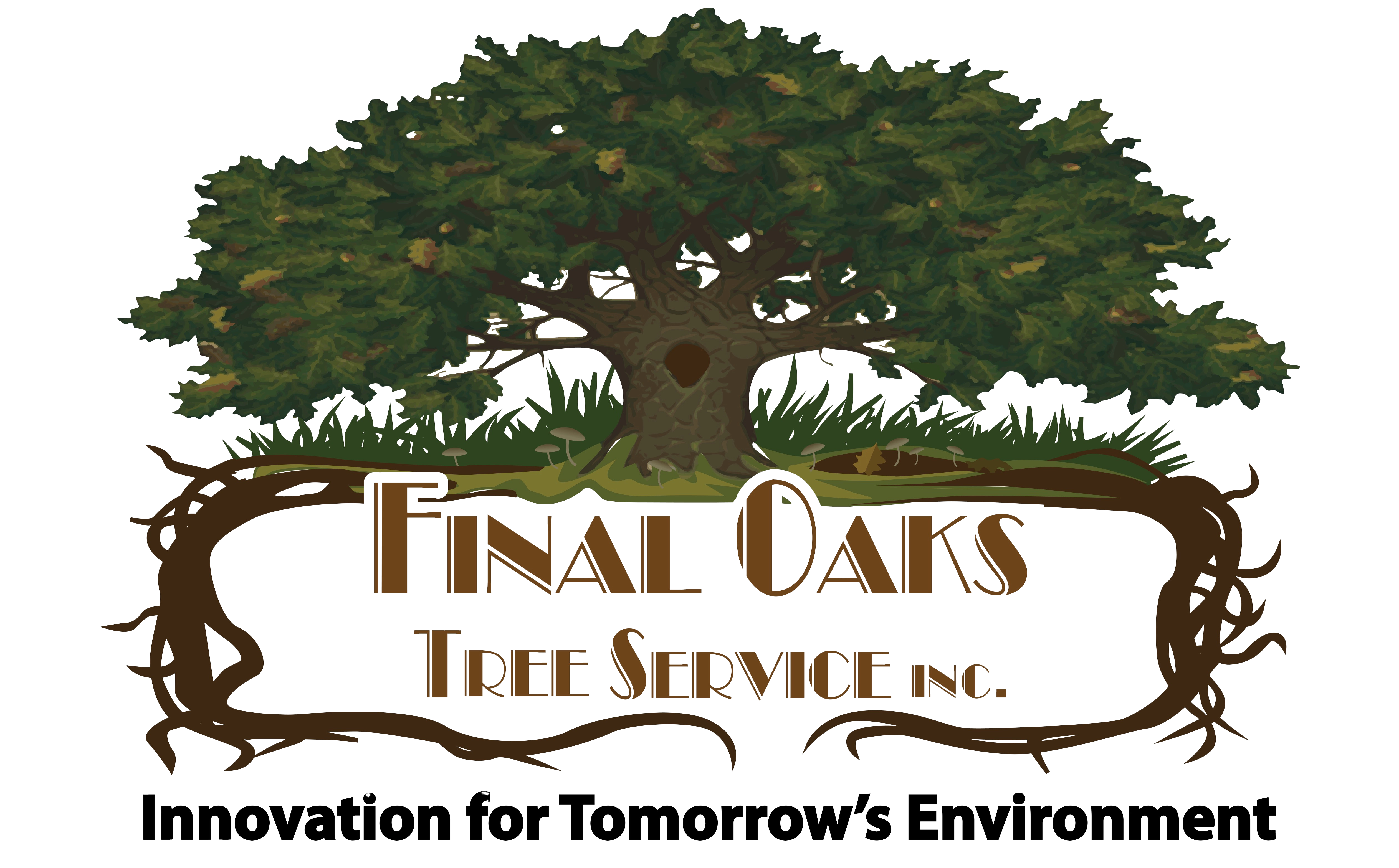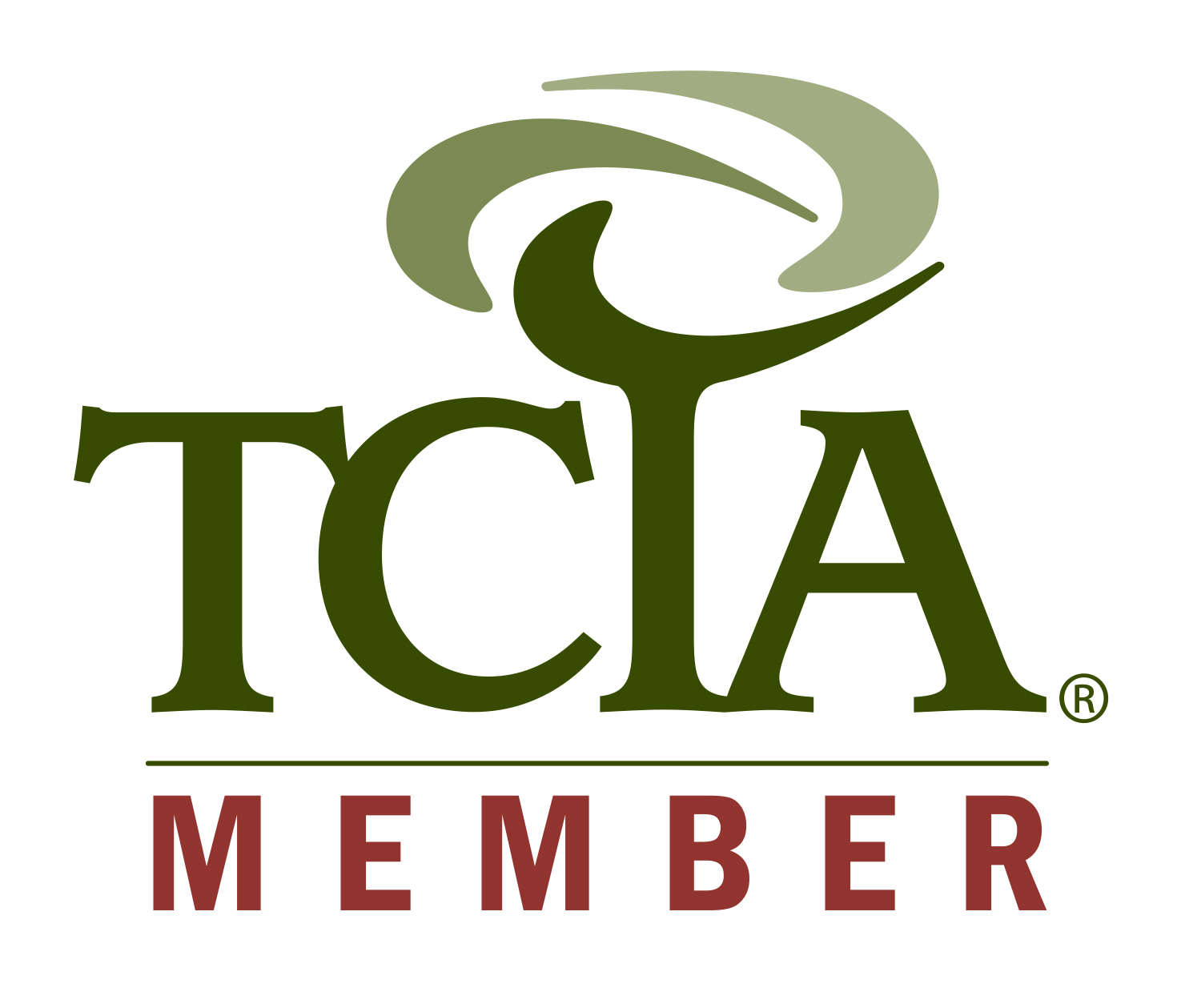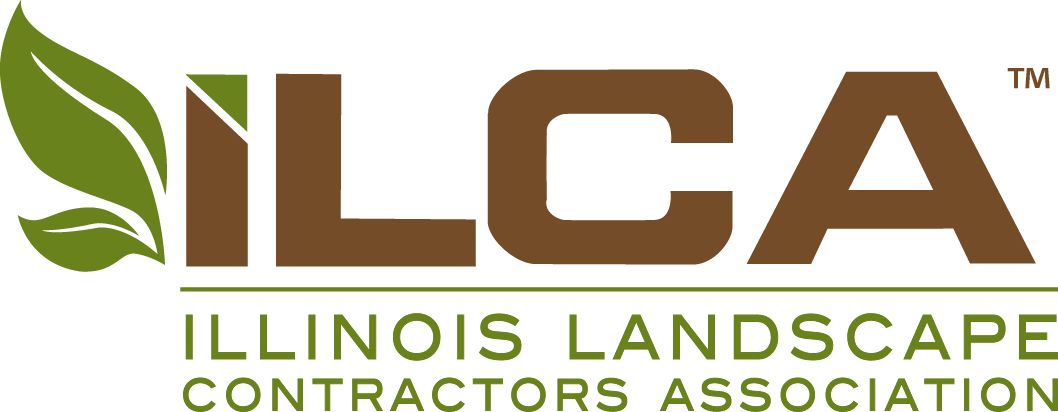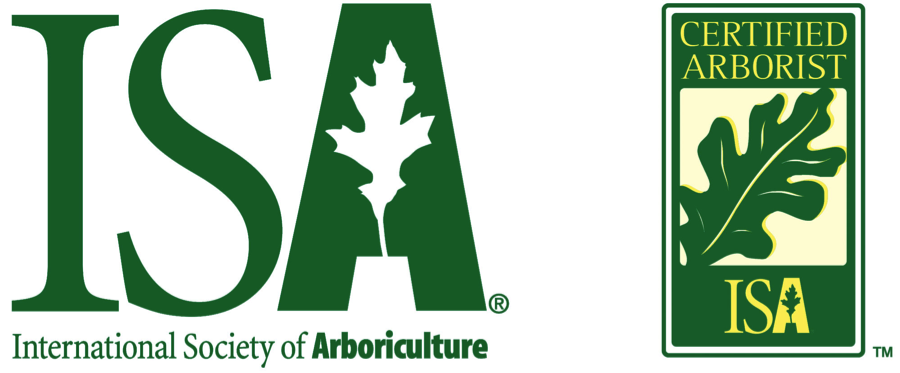The process of professional tree removal involves assessing the tree, planning the removal, and safely cutting it down section by section.

Hiring experts for tree removal has many benefits. They have the right tools and know-how to take down trees without damaging nearby structures or landscaping. Professionals can also handle permits and make sure the job follows local rules.
You might wonder what happens during a tree removal. The team will first check the tree’s size, location, and health. They’ll create a plan to cut it down safely.
Special equipment like cranes or bucket trucks may be used for tall or hard-to-reach trees. The tree is then cut into smaller pieces from top to bottom. Stumps can be ground down or removed completely if needed.
Understanding Tree Removal
Tree removal is a complex process that requires careful evaluation. It involves assessing tree health and identifying valid reasons for removal. These steps help ensure that only necessary removals are carried out.
Importance of Tree Health Assessment
Tree health assessment is crucial before deciding on removal. You need to check for signs of disease or pest infestation. Look for wilting leaves, discolored bark, or unusual growths. These can indicate poor tree health.
Dying trees pose safety risks. They may fall unexpectedly, causing damage or injury. Regular checks help catch problems early. Early detection can sometimes save a tree through treatment.
Professional arborists use special tools to assess tree health. They can spot internal decay that’s not visible from the outside. Their expertise helps make informed decisions about tree removal.
Identifying Reasons for Removal
Valid reasons for tree removal include:
- Dead or dying trees
- Severe disease or pest infestation
- Structural instability
- Interference with buildings or utilities
- Storm damage
- Overcrowding in landscaped areas
You must consider the tree’s location and surroundings. A tree that’s too close to power lines or foundations may need removal. In some cases, pruning might be enough to solve the problem.
Local regulations often guide tree removal decisions. You may need permits for removing certain tree species or sizes. Check your area’s rules before taking action.
Legal and Safety Considerations

Tree removal involves important legal and safety factors. You need to follow local rules and take proper safety steps to protect yourself and others.
Navigating Local Regulations and Permits
Before removing a tree, check your area’s laws. Many places require permits for tree removal. Contact your local government office to learn the rules. They may ask about the tree’s size, type, and location.
Some areas protect certain tree species. Others have rules about how many trees you can remove. You may need to plant new trees to replace the ones you cut down.
Getting the right permits helps you avoid fines. It also ensures you follow proper procedures. Keep your paperwork in case of questions later.
Implementing Safety Measures
Safety is key in tree removal. Wear personal protective equipment (PPE) like:
- Hard hat
- Safety glasses
- Work gloves
- Steel-toed boots
Use the right tools and keep them in good condition. Check for potential hazards like power lines or buildings near the tree.
Have a clear plan before you start. Know which way the tree will fall. Set up a safety zone at least twice the tree’s height.
Get liability insurance to protect yourself if something goes wrong. This covers damage to property or injury to people.
If you’re not experienced, hire a pro. They have the skills and equipment to remove trees safely.
Planning and Preparation

Tree removal requires careful planning and thorough preparation. These steps ensure safety and efficiency during the process. They also help minimize damage to surrounding property.
Initial Assessment and Planning
Start by examining the tree and its surroundings. You need to check for obstacles like power lines, buildings, or other trees. Measure the tree’s height and width to determine the required equipment.
Consider the tree’s health and structural integrity. Look for signs of decay or disease. This information helps you decide on the best removal method.
Next, plan your approach. Decide if you’ll remove the tree in sections or fell it whole. Choose the direction for the tree to fall. Mark a clear drop zone.
Create a detailed timeline for the removal process. Factor in time for setup, cutting, and cleanup. Schedule the work during favorable weather conditions.
Preparing for Tree Removal
Clear the area around the tree. Remove any objects that could be damaged. This includes outdoor furniture, vehicles, and potted plants.
Set up safety barriers to keep people away from the work zone. Use caution tape or temporary fencing.
Gather all necessary equipment. This may include:
- Chainsaws
- Ropes and harnesses
- Wood chippers
- Stump grinders
- Personal protective equipment (PPE)
Inspect and test all equipment before use. Ensure chainsaws are sharp and properly lubricated.
Plan your escape route. You need a clear path to move away quickly if something goes wrong during the felling process.
If using rigging techniques, set up your ropes and pulleys in advance. Test the rigging system to ensure it can handle the weight of tree sections.
The Process of Actual Tree Removal
Tree removal involves careful planning and precise cutting techniques. Safety is key during this dangerous process that requires skill and experience.
Felling the Tree
You start by assessing the tree’s lean and surrounding obstacles. Clear an escape route in case the tree falls unexpectedly. Make an undercut on the side facing the fall direction. This V-shaped cut guides the tree’s fall.
Next, make a backcut on the opposite side, slightly higher than the undercut. Leave a hinge of wood between the cuts to control the fall. As you near the hinge, the tree will start to fall. Move quickly to your escape route.
For larger trees, you may need to remove branches first. This process, called limbing, makes the tree safer to fell. It also reduces damage to surrounding areas when the tree falls.
Specialized Cutting Techniques
Different situations call for specialized techniques. If space is limited, you might use a rope and pulley system to guide the tree’s fall. This method gives you more control over the direction.
For very tall trees, sectional dismantling is often necessary. You climb the tree and cut it down in sections from the top. Each piece is carefully lowered to the ground using ropes.
In some cases, a crane may be needed to lift cut sections over buildings or power lines. This technique is common in urban areas where space is tight.
Remember, tree removal is dangerous work. It’s best left to trained professionals with proper equipment and insurance.
Post-Removal Operations

After a tree is cut down, important tasks remain. Removing the stump and cleaning up the site are key steps to finish the job properly.
Stump Removal and Grinding
You have options for dealing with the remaining stump. Stump grinding is a popular choice. A grinder machine chews the stump into small wood chips.
This method goes 6-8 inches below ground level. It leaves the roots in place but removes visible traces of the stump.
Full stump removal digs out the entire root system. This is more thorough but also more disruptive to your yard. It leaves a large hole that needs filling.
Choose based on your plans for the area. Grinding works well if you’ll plant grass. Full removal may be better for new construction.
Site Cleanup and Restoration
Proper cleanup is crucial after tree removal. You’ll need to clear away branches, leaves, and wood chips. Rake the area thoroughly to collect small debris.
Fill any holes left by stump removal with soil. Level the ground to match the surrounding area. This prevents tripping hazards and improves drainage.
Consider your landscaping changes. You might plant grass seed or lay sod over the cleared area. Or use it as a chance to add new plants or features to your yard.
Check for any damage to nearby plants from the removal process. Prune injured branches and provide extra care to affected areas.
Working with Tree Removal Professionals
Professional tree removal requires skill and expertise. Certified arborists play a key role in safely removing trees. Hiring the right service ensures the job is done properly.
The Role of Certified Arborists
Certified arborists are tree care experts with specialized training. They assess tree health and structural integrity before removal. Arborists can spot potential hazards that untrained people might miss.
These professionals use proper techniques to safely remove trees. They have knowledge of:
- Tree biology
- Proper cutting methods
- Safety procedures
- Local regulations
Arborists also advise on alternatives to removal when possible. They may suggest pruning or cabling instead if a tree can be saved.
Hiring a Professional Tree Removal Service
When you need a tree removed, look for a reputable company. Ask about their certifications and insurance. Get multiple quotes to compare prices and services.
A good tree service will:
- Provide a detailed estimate
- Explain the removal process
- Use specialized equipment
- Protect your property
Make sure the company obtains necessary permits before work begins. Ask about cleanup and stump removal options.
Professional services have the right tools for safe removal. This includes:
- Cranes
- Rigging equipment
- Safety gear
Hiring experts reduces your risk and ensures the job is done right.






